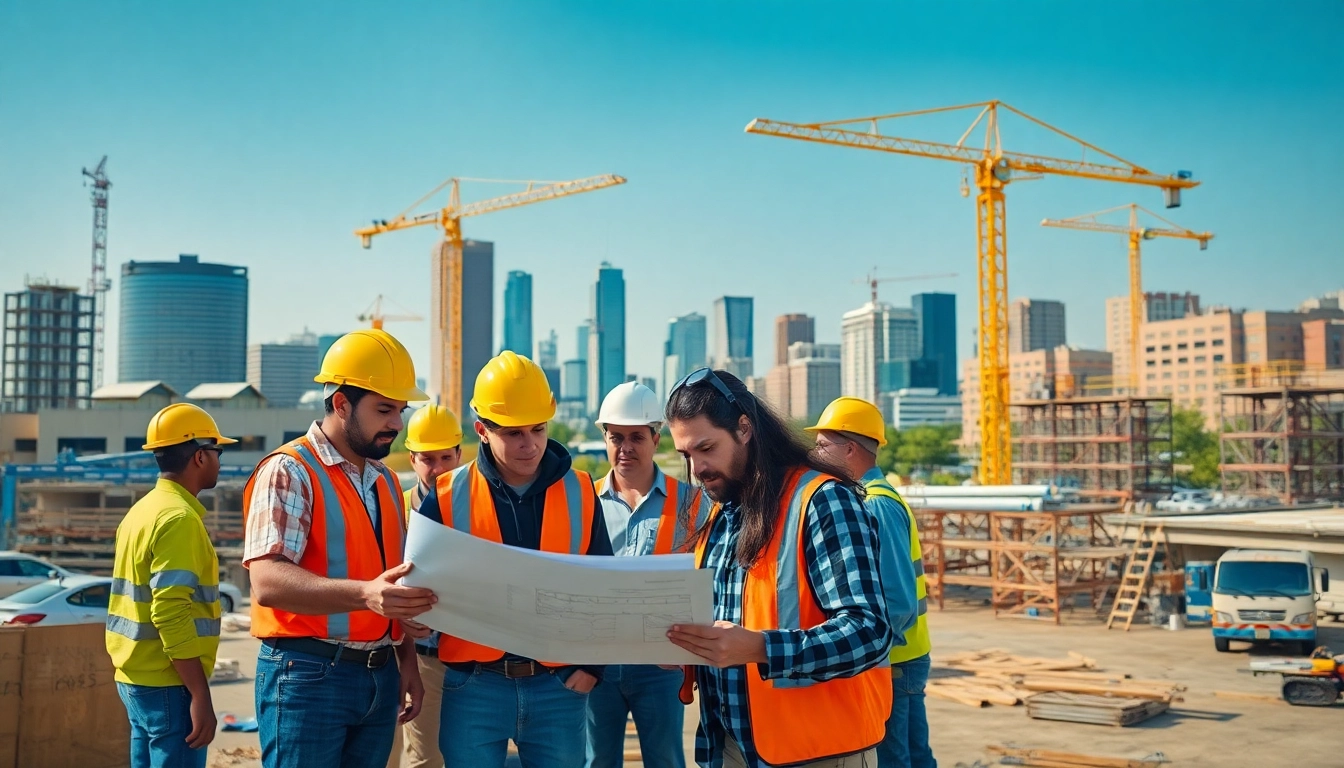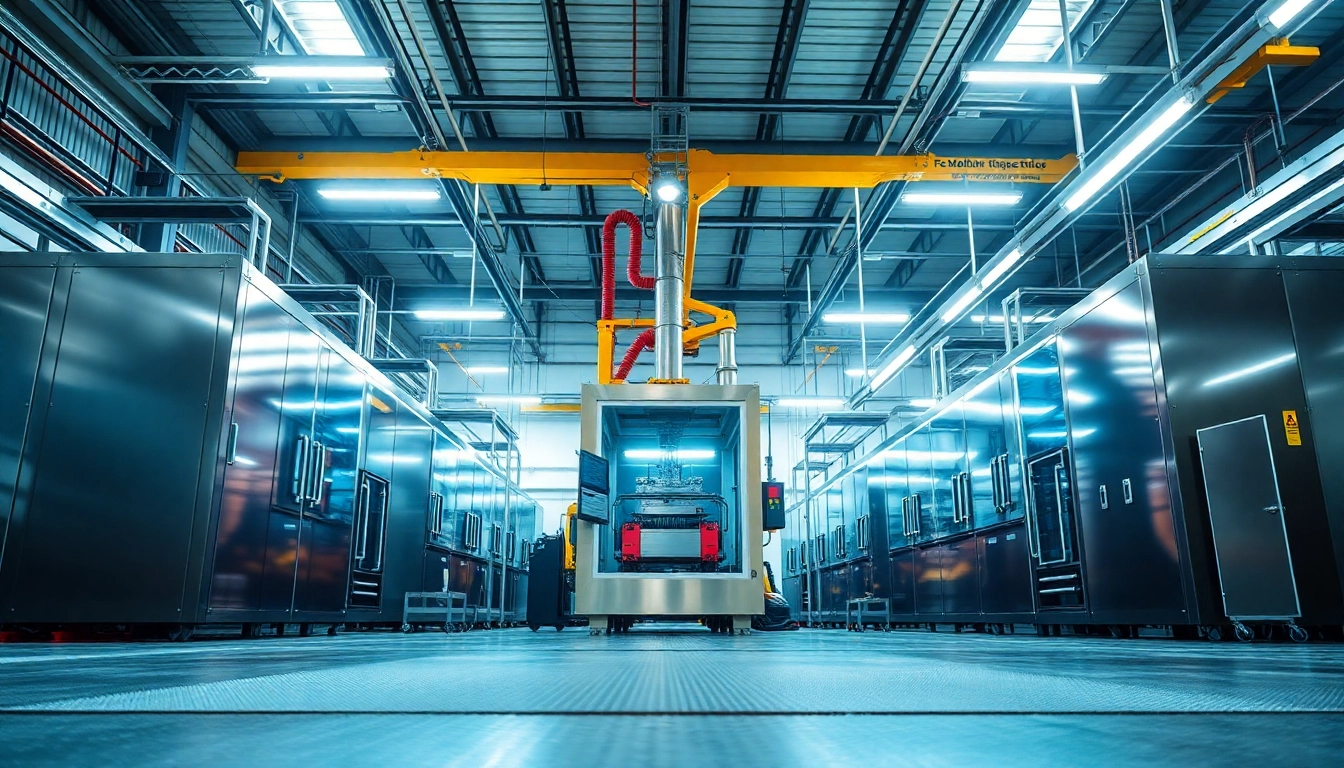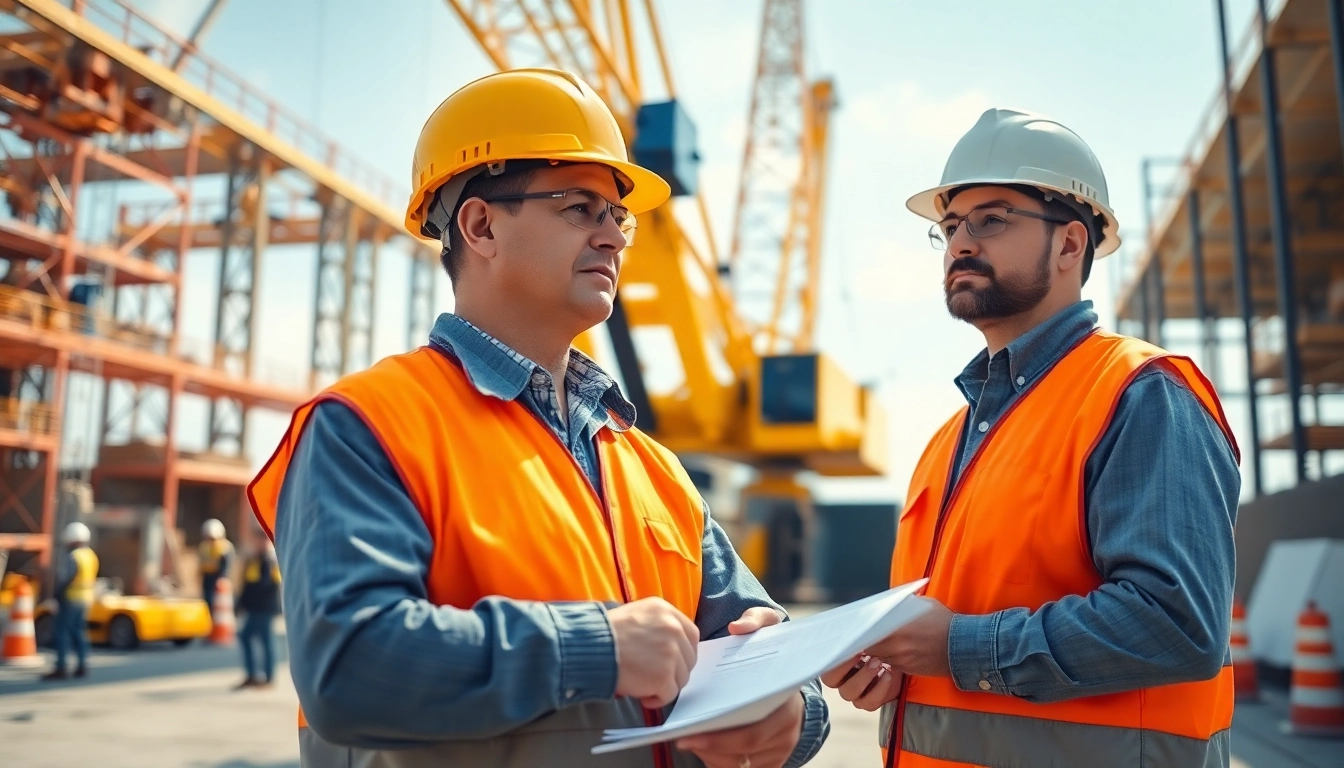Understanding the Austin Construction Landscape
The construction scene in Austin is a dynamic tapestry of innovation, regulatory standards, and market trends, all woven into one of the fastest-growing metropolitan areas in the U.S. Austin construction is not just a sector; it’s a reflection of the city’s evolving identity, culture, and economic vitality. As the capital of Texas and a hub for technology and lifestyle, the construction industry plays a pivotal role in shaping the future of this vibrant city. Understanding the nuances of this landscape is essential for industry stakeholders, city planners, and community members alike.
Historical Context of Austin Construction
Austin has a rich history reflected in its architectural diversity, which spans from historic structures dating back to the 1800s to modern skyscrapers showcasing cutting-edge design. The city’s development can be traced back to its establishment in 1839, where early construction efforts were focused on government buildings and homes for settlers. As the economy evolved, so did the construction industry, moving from basic wooden structures to complex, mixed-use developments that incorporate technology and sustainability. Understanding this historical context provides invaluable insights into current trends and future directions in Austin construction.
Current Market Trends in Austin Construction
Today, the Austin construction market is characterized by several key trends. Firstly, the influx of tech companies has led to an increased demand for commercial spaces, particularly in the office sector. Alongside this, there has been a burgeoning interest in residential developments, driven by a growing population. Multifamily housing projects have surged, catering to a diverse demographic from young professionals to families. Moreover, the demand for sustainable building practices and green technologies is on the rise, reflecting a broader societal shift towards environmental consciousness.
Key Players in Austin’s Construction Sector
The Austin construction sector is populated with a range of key players, including general contractors, subcontractors, architects, and developers. Notable are those firms that have embraced innovation and sustainability, positioning themselves as leaders in the marketplace. These players often collaborate on major projects, fostering relationships that drive efficiency and quality. Understanding the roles and contributions of these entities is essential for navigating the complex construction environment in Austin.
Regulations and Standards Impacting Austin Construction
Building Codes and Permits in Austin
Building codes in Austin dictate the standards for construction, ensuring public safety and welfare. The city of Austin enforces strict codes that encompass everything from structural integrity to fire safety and accessibility. Furthermore, obtaining the necessary permits is a critical step in the construction process. This multifaceted approach is designed to align development with the city’s growth goals while adhering to state and federal regulations.
Environmental Regulations and Sustainability Practices
With an increasing focus on sustainability, Austin has implemented a variety of environmental regulations that encourage green building practices. The Austin Energy Green Building program, for example, provides guidelines and resources to promote energy-efficient building designs. Compliance with these regulations not only enhances the environmental impact of construction projects but also contributes to long-term cost savings and resilience against climate change.
Safety Standards in Austin Construction Projects
Safety is paramount within the Austin construction landscape. The health and welfare of workers and the public depend on adherence to stringent safety standards outlined by OSHA and local regulations. Regular training and adherence to safety protocols are vital for minimizing accidents and ensuring that projects progress without unexpected liabilities. Implementing safety standards effectively helps to cultivate a culture of accountability in the industry.
Innovative Technologies in Austin Construction
Building Information Modeling (BIM) Usage
Building Information Modeling (BIM) has revolutionized the way construction projects are planned and executed in Austin. This digital representation of physical and functional characteristics of places allows for improved collaboration among stakeholders. By utilizing BIM, teams can visualize projects in a 3D space, enhancing communication, reducing errors, and improving overall project delivery timelines. The implementation of BIM solutions has demonstrated a significant return on investment through improved productivity and reduced waste.
Green Building Technologies and Practices
Green building technologies are at the forefront of the Austin construction industry, reflecting the city’s commitment to sustainability. Innovations such as eco-friendly materials, efficient HVAC systems, and renewable energy sources are being integrated into new developments. LEED (Leadership in Energy and Environmental Design) certification has become a highly sought-after credential for projects, signaling a commitment to high performance and sustainable practices. These advancements not only fulfill regulatory requirements but also meet the increasing consumer demand for environmentally sustainable homes and buildings.
Smart Construction Solutions in Austin
Smart construction solutions, including the Internet of Things (IoT), robotics, and advanced project management software, are becoming increasingly prevalent in Austin’s construction scene. These technologies enhance efficiency, reduce costs, and improve safety across construction sites. For example, IoT sensors can monitor site conditions in real-time, providing invaluable data that can be used to optimize workflows and resource allocation. The ongoing integration of smart technology signals a transformative shift in how construction projects are managed and executed.
Challenges Facing Austin Construction
Labor Shortages in the Austin Construction Industry
The Austin construction industry is currently grappling with significant labor shortages, a challenge that affects project timelines and overall efficiency. As the demand for skilled labor grows due to the booming construction market, many firms find it increasingly difficult to recruit and retain qualified workers. Addressing this challenge requires innovative training programs and partnerships with local educational institutions to provide pathways for workforce development.
Rising Material Costs: Strategies for Mitigation
The rising costs of construction materials have become a pressing concern for many in Austin’s construction industry. Fluctuations in supply chains and increasing demand have distorted pricing, leading to budget overruns. Strategies to mitigate these costs include strategic sourcing, bulk purchasing, and embracing alternative materials that offer cost advantages without compromising quality. Engaging in proactive budgeting and planning can also help project stakeholders remain agile in the face of such market fluctuations.
Project Delays and Management Solutions
Delays in construction projects can stem from a variety of factors, including weather conditions, supply chain disruptions, and regulatory hurdles. To effectively manage project timelines and minimize delays, thorough planning, stakeholder communication, and risk management protocols are essential. Implementing agile project management methodologies also allows teams to adapt to changing conditions more effectively, ensuring projects remain on track.
Future Outlook for Austin Construction
Emerging Opportunities in Austin Construction
The future of Austin construction is bright, with numerous emerging opportunities on the horizon. As the city continues to grow, there will be a significant demand for infrastructure improvements, commercial developments, and residential projects. Additionally, advancements in technology and sustainability practices will create pathways for innovative construction methods. Investing in workforce development and green technologies will position Austin’s construction sector for continued success.
Impact of Economic Factors on Future Projects
Economic factors such as interest rates, housing market trends, and overall economic growth will play a crucial role in shaping the future of construction in Austin. As the economy fluctuates, so will investment in construction projects. Stakeholders must remain vigilant in monitoring these economic indicators to make informed decisions about project investment and development timing.
Community Engagement and Planning in Austin Construction
Community engagement is becoming increasingly important in the planning and execution of construction projects in Austin. Incorporating community feedback during the development phase not only fosters goodwill but also ensures that projects meet the needs and concerns of local residents. Involving community members in the decision-making process leads to more successful outcomes and enhances the social license to operate for developers.



